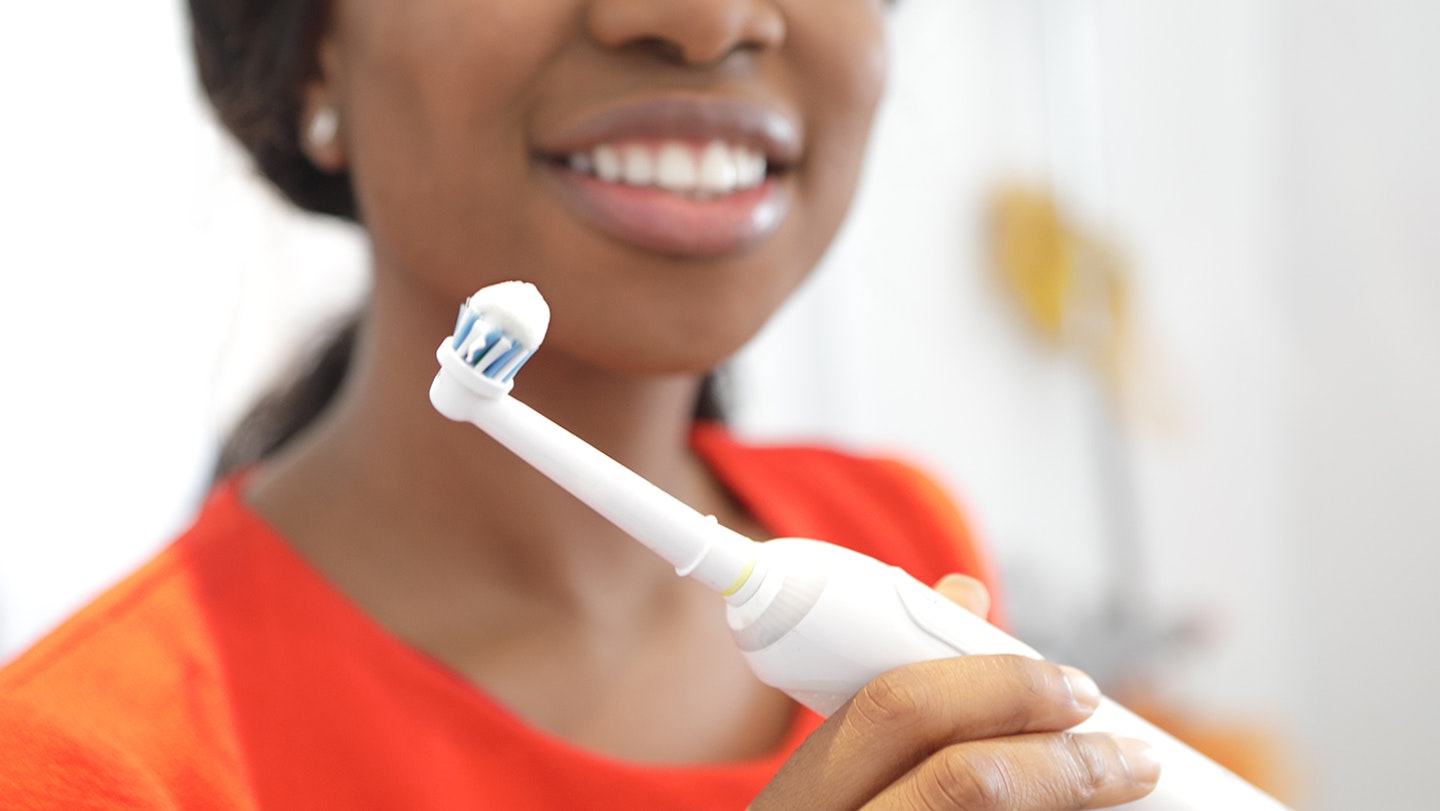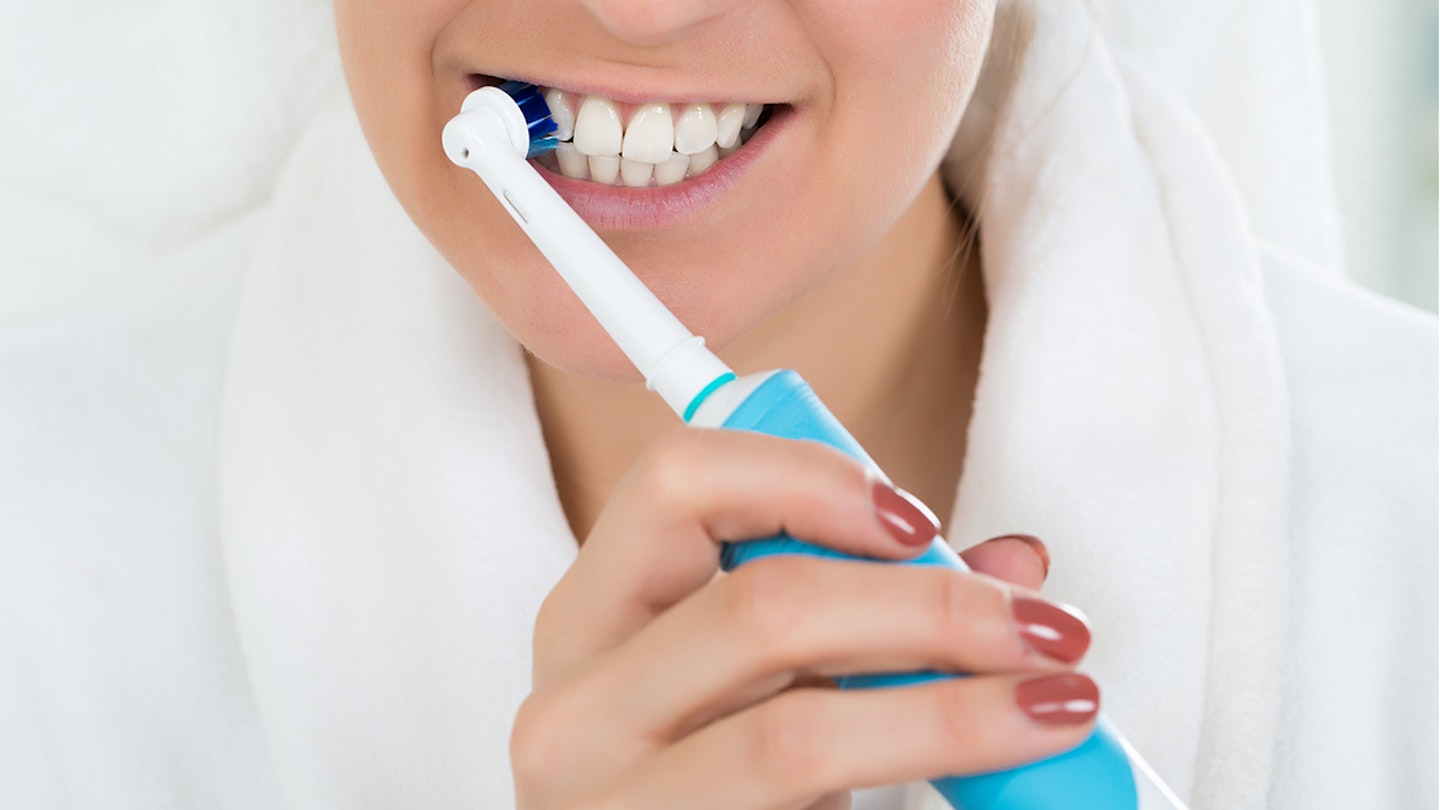If you've never used an electric toothbrush, you might be wondering about the best way to use one to help achieve those dazzling pearly whites.
It's important to use the correct technique when brushing your teeth to ensure good long term oral health, preventing cavities and tooth decay. That's why we recommend the following techniques when brushing your teeth with an electric toothbrush.
When should you use an electric toothbrush?
"You should use an electric toothbrush once in the morning and again at night-time for two minutes and ensure you are changing the brush head every two-three months, as the bristles will become worn and they can harbour nasty bacteria," says Anna Middleton, leading dental hygienist and founder of London Hygienist.
Many electric toothbrushes have a built-in timer that will time how long you brush your teeth.
How to use an electric toothbrush
• Start by imagining splitting your mouth into four parts: top left, top right, bottom left and bottom right. You should aim to spend 30 seconds on each section.
• "Always place the toothbrush bristles against the teeth at a 45-degree angle towards the gum line," says Anna.
• "When brushing, hold the handle gently with a light grip and only apply light pressure. Glide the brush across your teeth and gums gently, allowing your brush to do much of the work – do not scrub," Anna explains.
• Many of us forget to brush our gums when we brush our teeth, but brushing your gums is integral because this is where plaque will sit.
Remember that because the electric toothbrush is doing the hard work for you, you don't need to scrub your teeth - simply hold it in place for a few seconds before moving on to the next tooth.

The benefits of an electric toothbrush
• With an electric toothbrush, you get a far superior clean and effective plaque removal because you get more brush strokes per minute than you could ever generate yourself with a manual brush
• Using an electric toothbrush with the correct technique will prevent overbrushing, which causes irreversible and permanent wearing away of the gums, known as recession. The exposed underlying tooth surface is not as strong as the tough outer enamel, leaving it more susceptible to further wear, dental decay, sensitivity and an unpleasing aesthetic appearance.
• Electric toothbrushes have much smaller heads and are designed specifically to ensure each tooth is cleaned individually, helping you get to all the hard to reach areas.
• There are also a number of different types of mechanisms, but to keep it simple the two best types are rotary/oscillating heads and sonic vibration heads.
Rotary/oscillating heads are small and round, rotating in one direction and then the other, one tooth at a time to sweep plaque away. Often these heads pulsate too.
Sonic heads vibrate at certain high speeds and frequencies to break down plaque as well as agitate the toothpaste and fluid in the mouth to clean between teeth and along the gumline.
• Try to avoid battery-operated toothbrush models. They are not effective and the tendency to ‘scrub’ with one still remains, which can lead to damage of the gums.
Want to ensure your teeth stay extra clean? Try using a water flosser.
